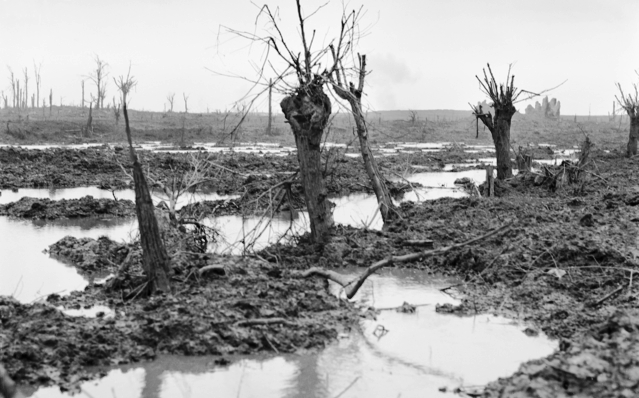Dudley McArdle
Floral tributes were laid amid the outpouring of community grief and support to honour those killed in Albert St Daylesford last year (and for the three women killed recently in Ballarat, and more recently for the tragedy in Bondi, Sydney). They triggered for me the countless wreaths laid at ANZAC memorials and commemorations over the past 109 years since the landing at Gallipoli.
Our communities always react to register their sorrow and support for families who have been struck by the tragedy of losing someone they love. Social media has increased the opportunity to express those emotions.
Imagine the outpouring of grief if, over a period of four years, our Daylesford community lost 145 loved ones – 36 each year, three every month, nearly one every week.
But that’s how many young men from Daylesford lost their lives in World War 1! Their names are engraved on our memorial in Bourke Square, Vincent St.
There was no Facebook, Instagram or X to share the grief and support of their friends and relatives. News was spread very slowly, and often delayed for months or even years. Many a parent suffered alone, often in isolation.

Lance Corporal William Alexander Patterson (1894-1917). (Image: Australian War Memorial)
One of the young men whose name is on the memorial is William Alexander Patterson.
He was born in Buangor on 6 August 1894. He attended Boots Gully School and graduated as a teacher from Ballarat Agricultural College. He was in senior cadets for two years. He was employed as a teacher at the Jeparit State School. He was 5 feet 10 inches tall, with brown eyes and dark brown hair. His father, sister and brother lived at Shepherd’s Flat, Daylesford.
When he was 20 years old, he answered the call to arms at Dimboola, enlisting on 19 August, 1914. He embarked for England from Melbourne on the RMS Malwa on 21 March 1915 joining the 8th Battalion in France, and later the 11th Battalion.
Lance Corporal William Patterson was reported missing in action near Zonnebeke, Belgium, while waiting to take part in an attack on 14 October 1917. An inquest later ruled that he had been killed in action on that same day. There is no known grave. His name is engraved on the Menin Gate Memorial, Ypres, Flanders, Belgium.
His family and friends, when they eventually heard his fate must have suffered even more with the uncertainty shared with the other 55,000 men whose names appear on the Menin Gate, whose bodies were never found.
I can’t imagine how social media would have addressed William’s death and those of the other 144 young Daylesford men.
But that is why we attend Anzac Day ceremonies every year. To ensure that the sacrifice of William and his confreres are never forgotten in our community.
Aftermath
Siegfried Sassoon
Have you forgotten yet?…
For the world’s events have rumbled on since those gagged days,
Like traffic checked while at the crossing of city-ways:
And the haunted gap in your mind has filled with thoughts that flow
Like clouds in the lit heaven of life; and you’re a man reprieved to go,
Taking your peaceful share of Time, with joy to spare.
But the past is just the same—and War’s a bloody game…
Have you forgotten yet?…
Look down, and swear by the slain of the War that you’ll never forget.
Have you forgotten yet?…
Look up, and swear by the green of the spring that you’ll never forget.
Dudley McArdle is a Daylesford resident and a former member of the RAAF. He is a member of The Wombat Post Editorial Committee.
Thanks to the Daylesford and District Historical Society for details about Lance Corporal William Alexander Patterson.














